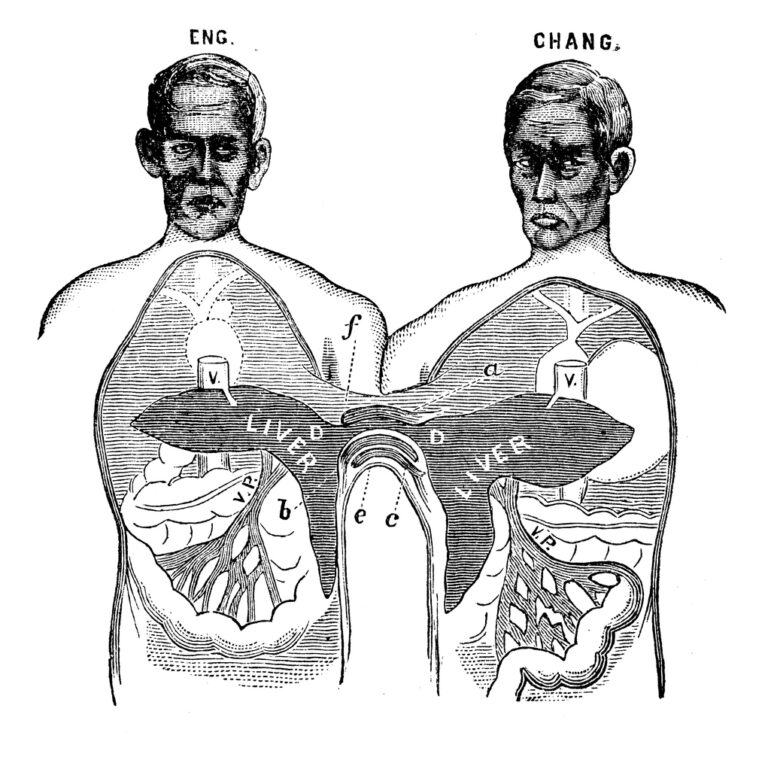The aim, when gathering, is to avoid destroying the beauty of your garden scape for the sake of an arrangement. It is all about compromise. I long ago moved on from the lust for pristine, commercial-length stems, as this too often meant sacrificing establishing buds. I’m not fussy about wonkiness.
I will leave flowers on the plant to enjoy outside before harvesting for the vase, knowing they may have only a few days left in them.
Typically, I don’t head out to the garden with an arrangement in mind, instead letting the size and mix be dictated by the stage of flowering that I can access. It’s about finding the balance and the best of both worlds that you have curated.
It is also about looking beyond traditional cut flowers. Where my gone-to-seed parsley used to be a frustration, I have discovered the flowers are a terrific, strong green filler in arrangements. Occasionally, I even make a truce with my rampaging clover, nipping some perfect leaves to add to a tiny bedside posy.
Sidelining the odd drop of strawberries, raspberry cane or lemon branches from the table feeds my soul in different ways when displayed for some whimsy. Seed heads present a whole new vibe and even roadside weeds offer incredible colour and joy when rescued from the untended wilds!
It is important to remember that harvesting flowers will motivate most plants to generate new growth. Harvesting is just like deadheading or pruning, but you undertake it a little earlier to enjoy the blooms inside as well. Annuals like sweet peas and cosmos, along with perennials like echinacea, rudbeckia and scabiosa take cutting as real encouragement, often extending their flowering period.
Time your harvest
During the heat of summer, it is best to harvest flowers in the early morning or after dusk. Despite your best efforts, thirsty, hot blooms can wilt quickly once cut. Look for strong, turgid stems to show plants are well hydrated before picking.
Think before snipping
For soft-stemmed plants, use sharp snips to cut on a 45-degree angle just above the junction of a branch or leaf node (see below). In most cases, plants will then generate new growth from this point for you to enjoy later in the season. When choosing where to cut, I try to achieve usable stem length without sacrificing too many new buds or offshoots of new growth.
For roses and hydrangeas, use strong secateurs to cut chosen stem on a 45-degree angle just above the junction of a leaf. When selecting the length, the most important thing to do is to make sure you leave plenty of leaves still on the stem to enable the plant to flourish again.
For tree branches and shrubs with woody stems, I try to make my cut at a junction with another branch to avoid stubby, sawn-off limbs where possible.
Petal Power

Bright, playful and pretty quirky, this arrangement is a version of the one that appeared on the cover of my first book Petal Power. For me it reflects the carefree fun that can be had when experimenting with flowers at your own kitchen bench. Never in pursuit of perfection, just gentle time working with your hands in silence.
Using a fabulous handmade vase by New Zealand ceramicist Wundaire, I filled it with chicken wire and proceeded to play around with the varying shapes, forms and colour. The chartreuse umbellifers of the fennel are wacky and provide fabulous support lower down for the dainty, lipstick-pink frills of nemesia.
The bold red geums and single Iceland poppy contrast strongly with the pale aquilegia, marshmallow heads of peonies and those romantic bells of foxglove. Thalictrum foliage combined with the odd snapdragon and lovely stars of roadside buttercups complete the bold palette and happy vibe.
Get to know them
As a gardener you will learn the optimal time to harvest from each plant. For example, it is best to pick snapdragons when only the lower flowers start to open.
The same can be said for other spire blooms such as foxgloves and veronica. However, delphiniums need most flowers open before picking! Only time and practice will help you learn these individual quirks.
Some of my top tips include:

- Hellebores (above) are very sulky in the vase, and last much longer if you wait to cut when there is at least one bloom on the stem that has developed a central seed pod.
- Fennel flowers need to be acidic yellow/green before picking to avoid wilting.
- Roses are best when the outer petals of a bloom have opened, however leaving the flowers to fully open to enjoy on the bush for a while before cutting works well too, they just have a shorter vase life.
- Dahlia buds will not open in the vase. Pick once blooms are mostly or fully open.
- Bearded irises commonly have two or more blooms on one stem. I’ve discovered that harvesting when the first bloom is open will still allow for the buds to open in the vase too, I simply just snip the dead one off.
- The flowers of echinacea, cosmos, veronica, geums, bog sage and many other green-stemmed annuals and perennials are best harvested once the flowers have been open for a few days. I find they often collapse, almost instantly, if harvested when super fresh.
- Harvesting every open flower from your sweet pea vines 1–3 times a week will maximise new growth. It seems harsh but continuing to prevent any seed pods forming will vastly extend your flowering season.

Extract from ‘Flowers for Friends’ by Julia Atkinson-Dunn, available at koapress.co.nz







